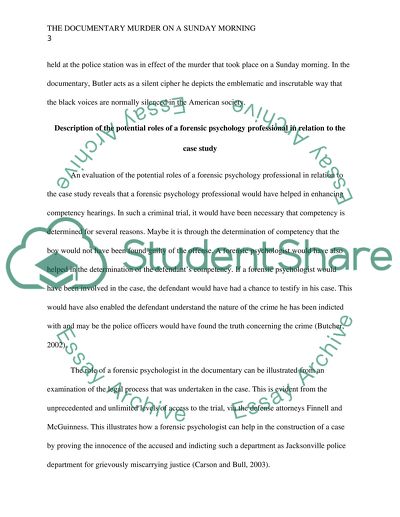Cite this document
(“The documentary Murder on a Sunday Morning Research Paper”, n.d.)
Retrieved de https://studentshare.org/psychology/1477581-for-your-final-project-you-will-apply-the-skills
Retrieved de https://studentshare.org/psychology/1477581-for-your-final-project-you-will-apply-the-skills
(The Documentary Murder on a Sunday Morning Research Paper)
https://studentshare.org/psychology/1477581-for-your-final-project-you-will-apply-the-skills.
https://studentshare.org/psychology/1477581-for-your-final-project-you-will-apply-the-skills.
“The Documentary Murder on a Sunday Morning Research Paper”, n.d. https://studentshare.org/psychology/1477581-for-your-final-project-you-will-apply-the-skills.


